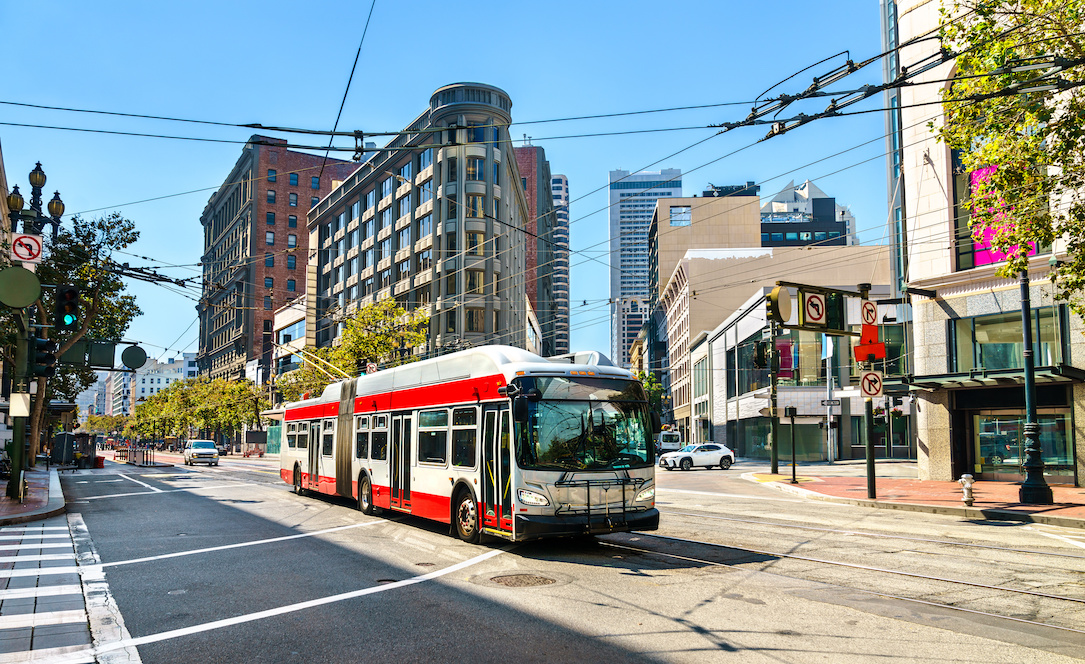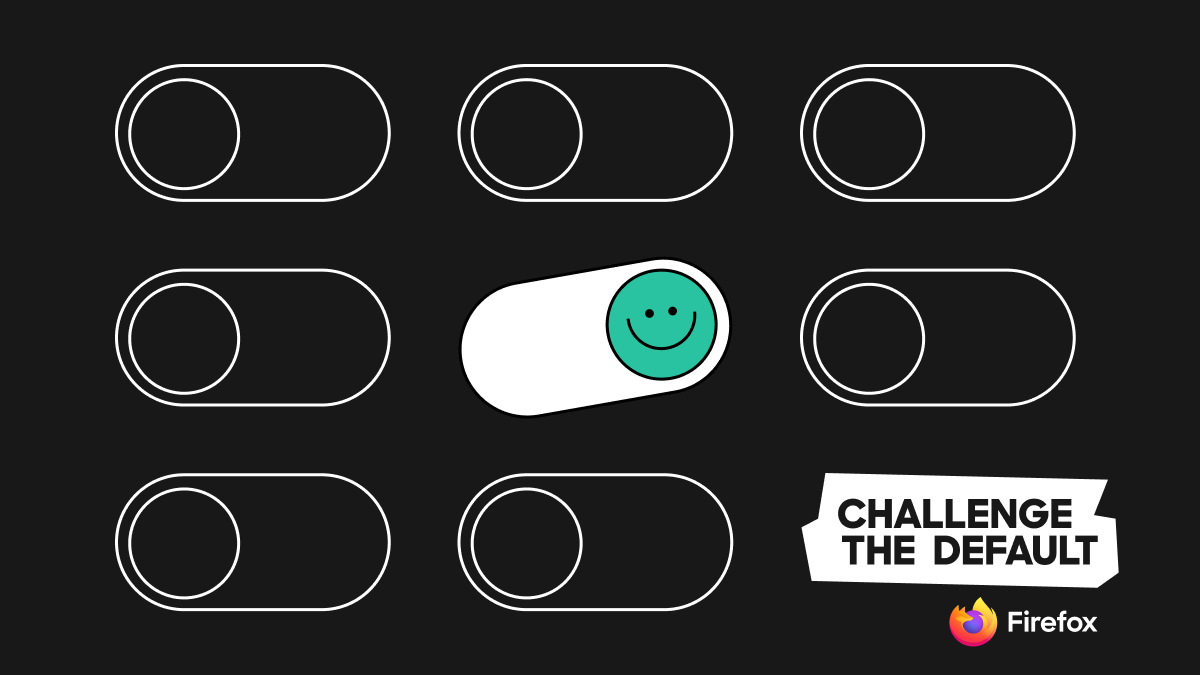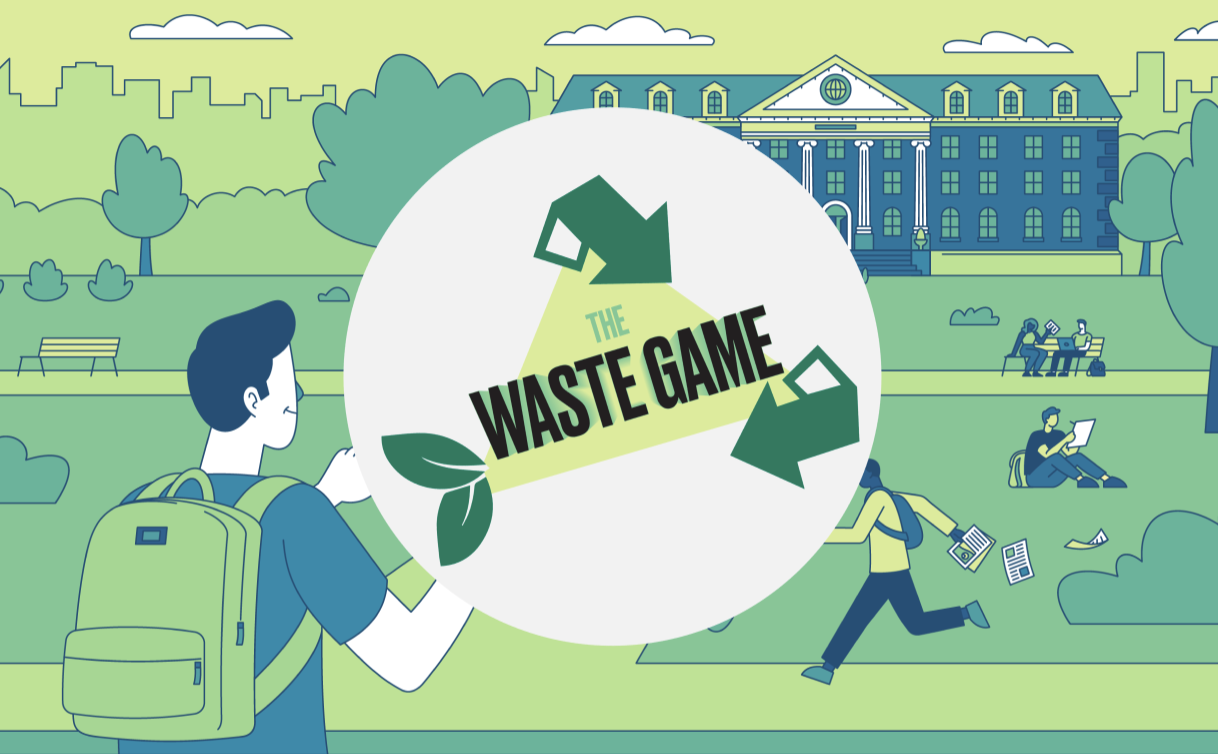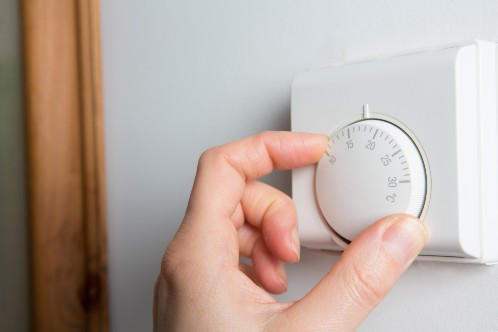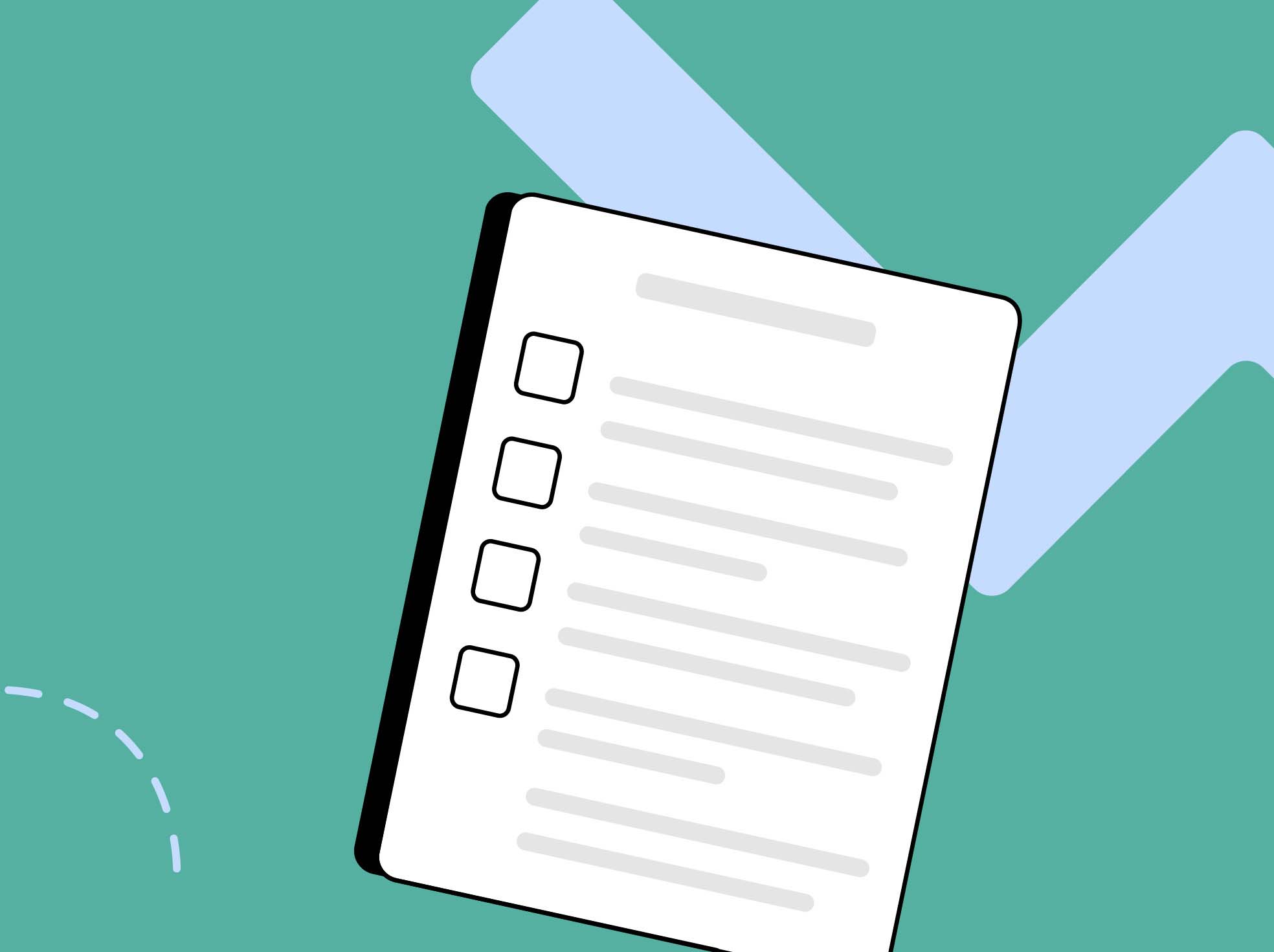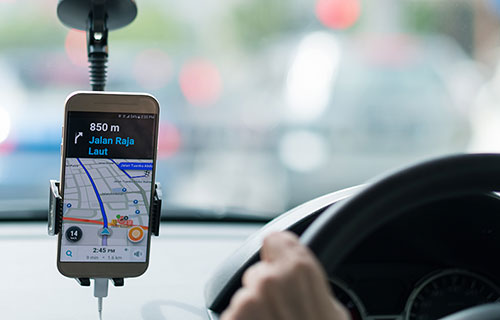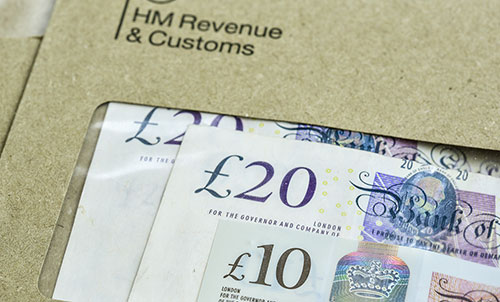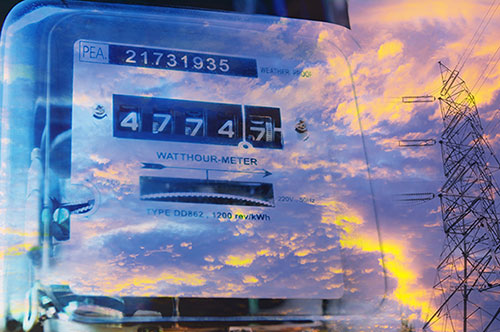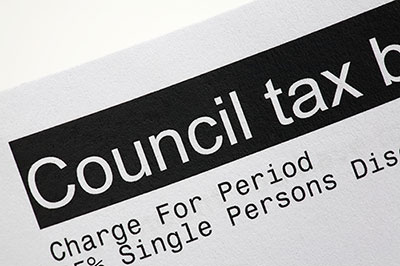Energy
Applying behavioural insights to unlock energy demand flexibility: A guidebook for practitioners
2024
PARTNERS
International Energy Agency (IEA)
Share
We partnered with the User-Centred Energy Systems Technology Collaboration Programme by IEA (Users TCP) to design a guidebook to help policymakers and energy suppliers encourage household adoption of technologies, programmes, and behaviours that help maintain the stability of the electrical grid.
To meet their Net Zero targets, countries around the world are transitioning away from fossil fuels to renewable energy sources. While an essential step for society and the environment, this transition brings with it a challenge: the growing dependence on renewables makes it harder to predict how much energy will be available in the grid at different times and whether it will be enough to meet consumer demand.
One solution is to invest in additional energy infrastructure, such as massive batteries, and to lay down more cables so we can transfer energy from remote places where the renewable energy is produced. However, these investments are costly and are likely to drive up electricity prices. Luckily, there is a way to reduce the need for new infrastructure: flexible consumers.
Demand flexibility can reduce the need for costly energy infrastructure
To ensure a stable electricity supply, we need consumers who flexibly adapt their energy usage in response to the needs of the grid. This flexibility can take many forms, from households purposefully charging their electric vehicle overnight or preheating their boilers at times when the energy supply is high.
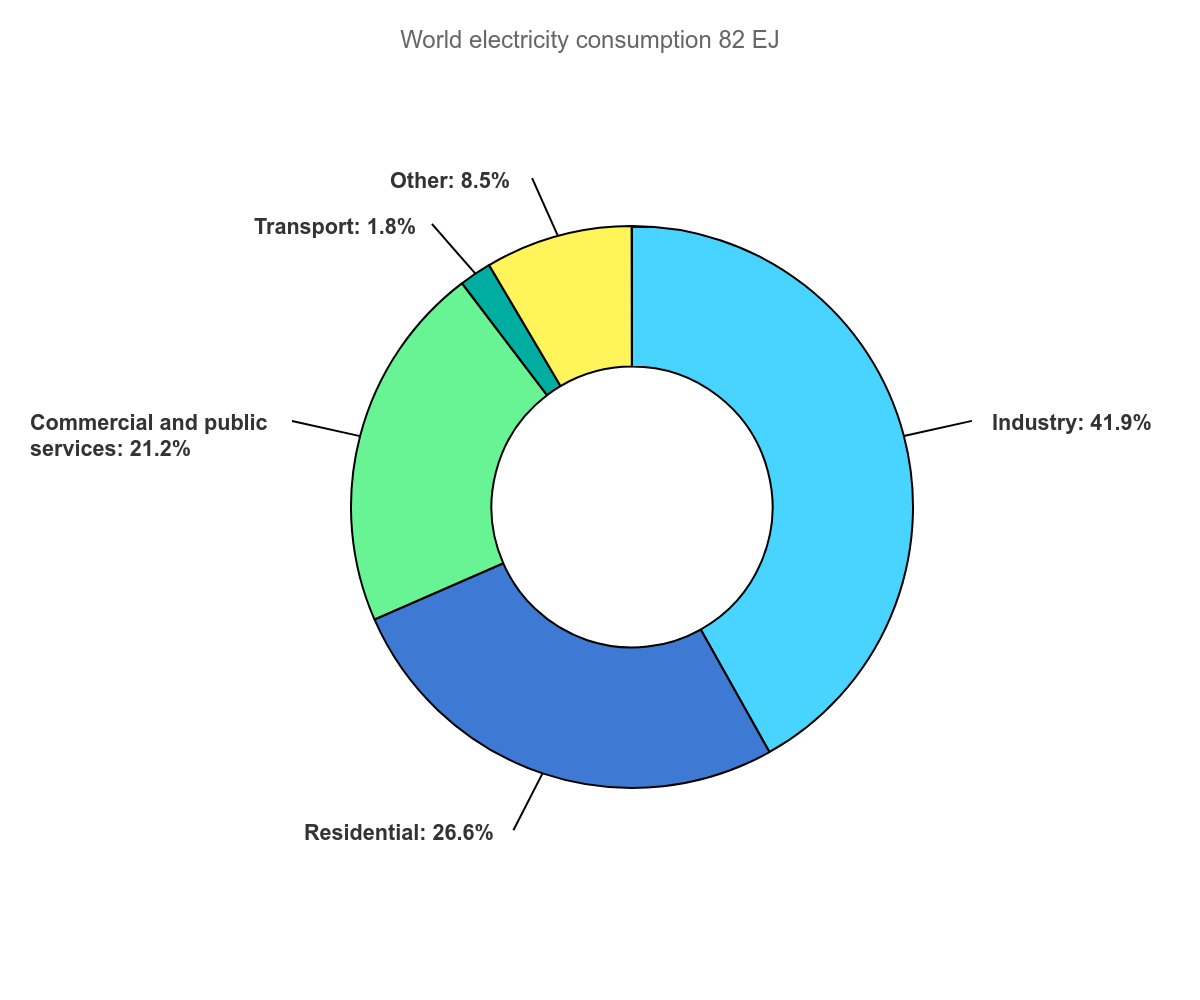
With these simple actions, consumers can significantly improve the balance of the electric network. The flexibility potential of the residential sector alone is large: households consume about a fourth of the generated energy worldwide (see the chart above).
However, we are only able to unlock this flexibility potential if homeowners engage in the following behaviours:
- Shift energy use habits to consume less during peak hours
- Adopt demand-response technologies such as solar panels, batteries and smart thermostats that enable generation, storage, and smart energy control in response to the needs of the grid
- Enrol in Time-of-Use tariffs and demand-response programmes such as the Demand Flexibility Service
The behavioural guidebook
We reviewed more than 120 scientific articles and non-academic reports to identify what works in promoting demand-response technology, programmes, and behaviours to households.
The evidence review yielded 29 behavioural strategies to promote demand flexibility. These strategies were individually assessed by a panel of nine experts from the Users TCP Behavioural Insights Platform from across Europe and North America. These strategies are the backbone of a user-friendly guidebook for policymakers and energy suppliers.
The resulting behavioural guidebook provides essential guidance to policymakers and energy suppliers interested in changing household energy consumption habits, promoting the uptake of technologies, and improving residential participation in demand response programmes.
Guidebook users can select a behavioural challenge (e.g., how to increase the uptake of a demand-response technology) and browse relevant behavioural strategies to help them address the issue. Each behavioural strategy has examples of real-world applications to help policymakers and energy suppliers apply the insights in practice.
You can freely access the guidebook here.
We are extremely grateful for the support of the following institutions without which the project would not have been possible: Natural Resources Canada (NRCan), Netherlands Enterprise Agency (RVO), Sustainable Energy Authority of Ireland (SEAI), The Office of Gas and Electricity Markets (OFGEM) and King’s Climate Action Initiative (K-CAI) at J-PAL.


